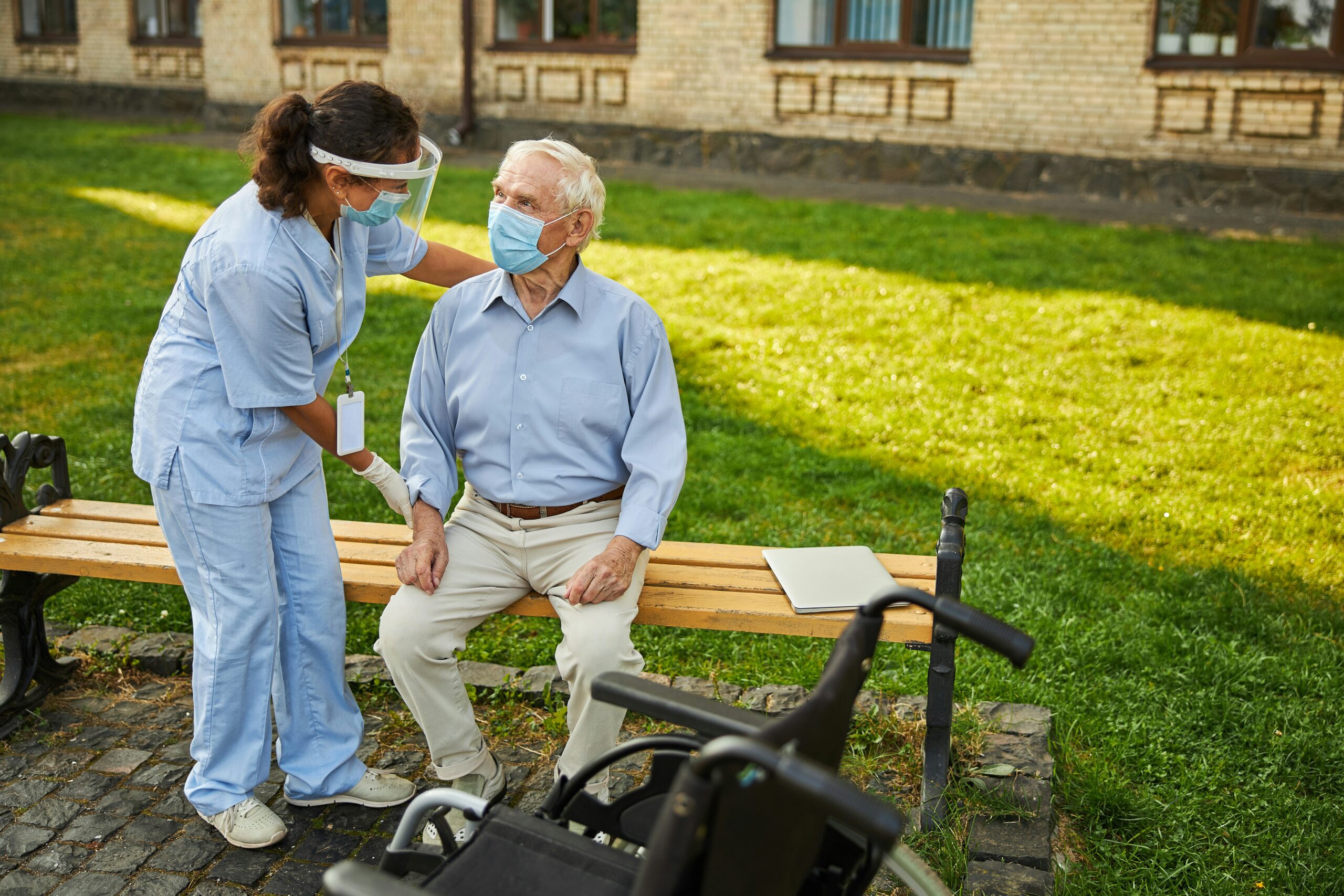
The Landscape of Rural Healthcare Challenges
Across the United States, millions of Americans call rural communities home. From rolling farmlands in the Midwest to the remote corners of Appalachia and the Southwest deserts, rural life offers tranquility, tight-knit communities, and a slower pace. Yet, beneath this idyllic picture lies a persistent crisis: access to healthcare is uneven, limited, and, for many, deeply inadequate.
Several factors fuel this disparity. Rural regions face significant shortages of healthcare providers, including doctors, nurses, and specialists. Travel distances to the nearest hospital or clinic often exceed thirty, fifty, or even a hundred miles, posing formidable barriers, particularly for older adults, low-income families, and individuals with chronic conditions. Rural hospitals have been closing at alarming rates, leaving communities without local emergency services. Even when facilities exist, they may lack advanced equipment or specialist care, requiring patients to travel to urban centers.
Moreover, rural populations are statistically older and more likely to suffer from chronic conditions such as heart disease, diabetes, and respiratory illnesses. Socioeconomic challenges, including lower average incomes and higher rates of uninsured individuals, compound the problem, leaving many without the financial means to pursue timely medical care. As a result, preventable conditions worsen, emergency rooms become the default point of care, and overall health outcomes decline.
Telehealth as a Lifeline
Amid these challenges, technology has emerged as a powerful tool for bridging gaps. Telehealth — the use of video conferencing, remote monitoring, and digital communications—has evolved from novelty to necessity, particularly following the COVID-19 pandemic. In rural communities, telehealth offers an alternative to lengthy travel, connecting patients with primary care providers, specialists, and mental health professionals from their own homes.
For chronic disease management, virtual check-ins reduce the burden on patients who might otherwise skip appointments due to distance or cost. Rural providers can consult with urban specialists in real time, leading to faster diagnoses and improved treatment plans. For mental health, where stigma and provider shortages are even more pronounced in rural areas, teletherapy sessions have become critical, offering privacy and consistent support.
Yet telehealth’s promise is tied to another challenge: broadband access. Many rural communities lack reliable high-speed internet, making video visits difficult or impossible. Programs at both the federal and state levels are working to expand rural broadband infrastructure, but progress is uneven. Closing the digital divide remains essential to making telehealth a true equalizer.
Mobile Health Clinics on the Move
Another innovative solution bringing care directly to isolated populations is mobile health units. These clinics on wheels travel to remote towns and settlements, offering services ranging from preventive screenings and immunizations to dental care and prenatal checkups. Mobile clinics help reach individuals who might otherwise go years without seeing a healthcare provider, addressing health issues before they escalate into emergencies.
Mobile units are particularly impactful during health crises, such as outbreaks or natural disasters, when local services are inaccessible. They also serve migrant worker communities and Native American reservations where permanent facilities may be scarce or under-resourced.
These mobile programs often partner with local hospitals, public health departments, and nonprofit organizations, maximizing resources and building community trust. They become familiar and dependable fixtures by showing up regularly, encouraging residents to seek care proactively.
Training and Supporting Rural Healthcare Providers
An essential piece of the puzzle is workforce development. Rural communities still need dedicated local providers, even with telehealth and mobile clinics. Innovative education and incentive programs have emerged to attract and retain professionals willing to serve rural populations.
Medical schools are increasingly offering rural training tracks, where students spend time in rural settings and build relationships with local communities. Loan forgiveness programs incentivize new graduates to practice in underserved areas for several years. Rural residency programs allow young doctors to train close to the communities they will eventually serve, helping them understand unique local health issues and cultural dynamics.
Moreover, initiatives to train nurse practitioners, physician assistants, and community health workers provide a critical boost to local capacity. Community health workers, often recruited from the same towns they serve, play invaluable roles in health education, chronic disease management, and connecting patients to resources. They act as cultural bridges and trusted guides, helping residents navigate a complex healthcare system.
Culturally Tailored Solutions and Community Partnerships
Innovation alone isn’t enough without cultural understanding. Effective rural healthcare solutions recognize that every community is different, shaped by its history, traditions, languages, and values. Programs tailored to local needs see far better engagement and outcomes.
Native American communities, for example, have unique healthcare needs and cultural practices. Successful initiatives respect tribal sovereignty and collaborate with tribal leaders to design programs that blend modern medicine with traditional healing practices.
Similarly, migrant farmworker communities often face language barriers, immigration concerns, and distrust of institutions. Mobile clinics staffed with bilingual providers and culturally sensitive health educators can make a tremendous difference in delivering care effectively.
Partnerships between health systems, community organizations, faith-based groups, and local leaders are essential. When community voices are included in planning, solutions are more sustainable and welcomed.
Looking Toward the Future
Despite persistent obstacles, the story of rural healthcare is not solely one of struggle. Across the country, innovative programs are proving that distance and isolation need not dictate poor health outcomes. Technology, mobile services, workforce development, and culturally competent care are transforming how healthcare reaches rural Americans.
Yet there’s still much work to be done. Closing the broadband gap, funding rural hospitals, supporting healthcare workers, and sustaining creative community partnerships require ongoing investment and policy support. Rural Americans deserve the same opportunities for health and well-being as those in urban areas.
The commitment to equity in healthcare means ensuring that where a person lives does not determine whether they live or thrive. With continued innovation and determination, the future for rural health can indeed be brighter, healthier, and more connected.